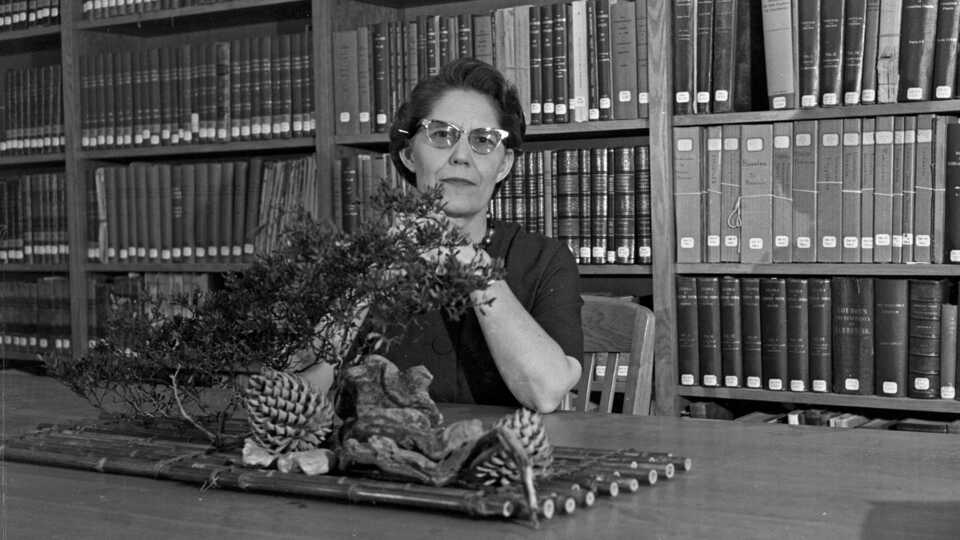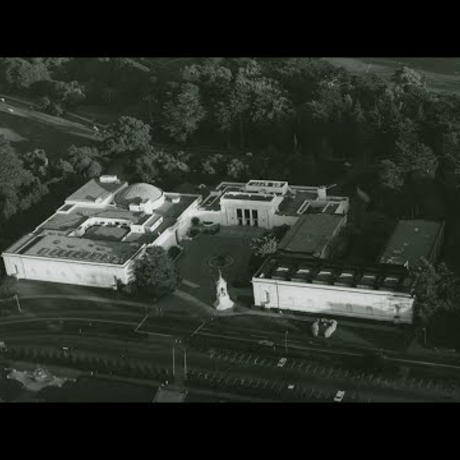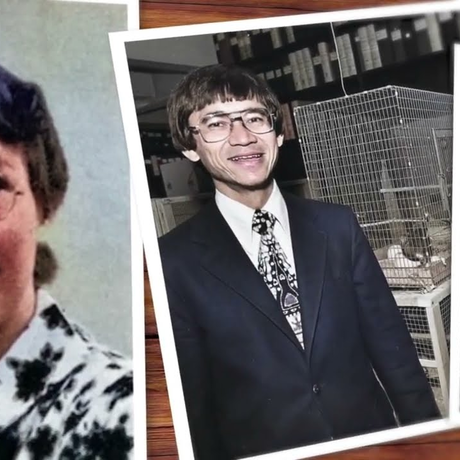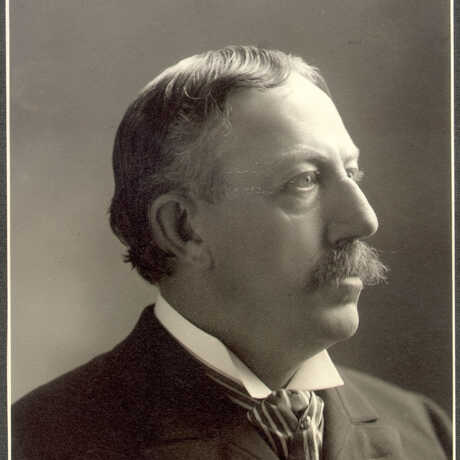At Riverside Junior College, McClintock was very interested in zoology, taking classes on the subject with Edmund C. Jaeger. She enjoyed having him as a teacher, but he never took the girls on any field trips. He’d take the boys in his class to the desert and teach them in the field but he never took girls. “That’s just the way things were,” claimed McClintock. Ruth Cooper, a former student at Riverside, taught McClintock’s first botany class in Junior College, “Identification of Spring Wildflowers.” McClintock continued studying botany in her higher education.
McClintock attended classes at the University of California at Los Angeles where she earned her Bachelor’s degree in 1937 and her Master’s degree in 1939, both in botany. Being from the small town of San Jacinto, it wasn’t common for many women to continue higher education after junior college. At the time, McClintock wanted to be a biologist or a high school botany teacher. McClintock originally wanted to study biology but it was not offered at UCLA. Instead, the school offered botany and zoology, so McClintock majored in botany and minored in zoology. This is where McClintock found an interest in taxonomy. As a student, McClintock had an average grade of a B in botany. McClintock was one of approximately three or four botany majors at UCLA. There were not a lot of students at that point due to the WWII war effort.
As an undergraduate, there were not many job opportunities for women, mainly just teacher roles. McClintock earned a high school teaching credential but never used it because she got a job at the UCLA herbarium during WWII from 1941 to 1947. She worked on taxonomic botanical problems. She created a monograph of the genus Monarda while working under some of the men in the botany department at UCLA as a graduate program for students with Master’s degrees. The war made it hard for McClintock to go to graduate school but when it ended McClintock earned her Ph.D. at the University of Michigan.
In the fall of 1947, McClintock went to the University of Michigan to earn her Ph.D. where she worked on taxonomy with Rogers McVaughn. She went to the University of Michigan because it offered assistantships. For her doctoral dissertation, she studied Hydrangea, a plant genus of over 75 flowers that are native to Asia and the Americas. McClintock was expected to finish graduate school by 1954 as she had a seven year time limit on her thesis, but she did not meet her deadline. She asked for a two-year extension and graduated in 1956. At the time she was also working at the California Academy of Sciences but she couldn’t afford graduate studies on the salary that the Academy paid her so she paid reduced fees for two school semesters. McClintock was the first Curator of Botany at the Academy to attain a Ph.D.



